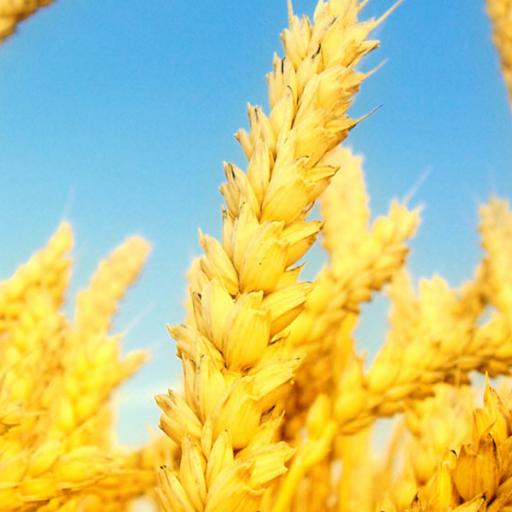Measuring the extent of information transmission, through extension agents and/or social interaction, and identifying its role in technology adoption and diffusion is difficult for two major reasons. First, the set of peers from whom an individual can learn is difficult to define. A thor- ough discussion of the issues faced in empirically defining and measuring network attributes can be found in Maertens and Barrett (2013). Second, distinguishing learning from other phenomena (for example, interdependent preferences and technologies or related unobserved shocks) that may give rise to similar observed outcomes is problematic (Manski 1993). For a comprehensive overview of articles that try to empirically identify the impact of social networks on technology adoption (mostly in developing countries), see Foster and Rosenzweig (2010).
In this paper we study the diffusion of modern irrigation technology among a population of farmers in the presence of extension agents and social networks. We first describe farmers’ technol- ogy adoption decision in a theoretical setting allowing for accumulation of knowledge (about the new technology) through three channels: extension services and social networks (before and after adoption), and learning-by-doing (after adoption). We study the decisions of farmers to invest in a new irrigation technology that would improve irrigation effectiveness (represented in what follows as a shift in the production technology). The expected efficiency gains are uncertain for the farmer at the time the decision to adopt the new technology is made but we assume that this uncertainty can be reduced through contact with extension services and other farmers. After adoption the farmer can still accumulate knowledge by using the technology. At each time period the farmer decides whether to adopt the technology by comparing its cost (which is assumed to decrease over time) with the expected benefit of adoption, itself depending on the information received from extension services and peers.
This theoretical model allows us to identify relevant variables to be considered in the econometric model describing the diffusion of irrigation technology among a group of farmers using data from a sample of 265 randomly selected olive-growing farms in Crete, Greece. In our empirical model, the definition of social network combines information on the characteristics of farmers’ peers (age and educational level) with data on physical distances from them. We use these data in conjunction with factor analysis to build factors that best represent the unobserved variables that are potentially relevant for quantifying the effect of information transmission, both via extension agents and social learning.






